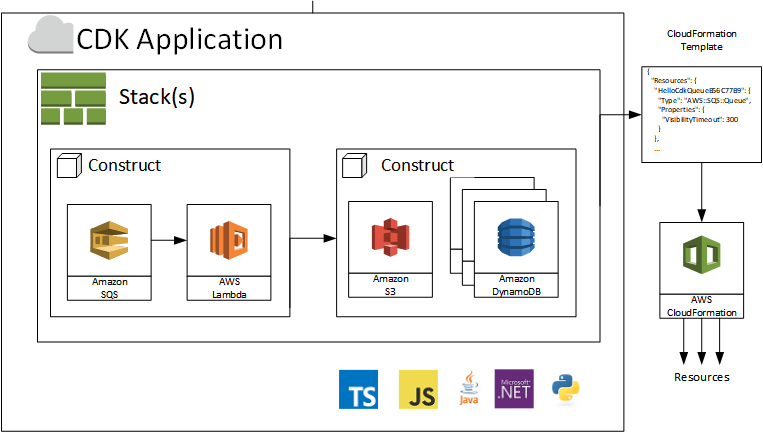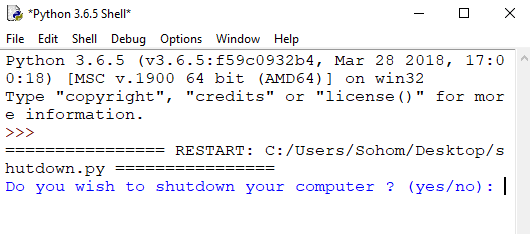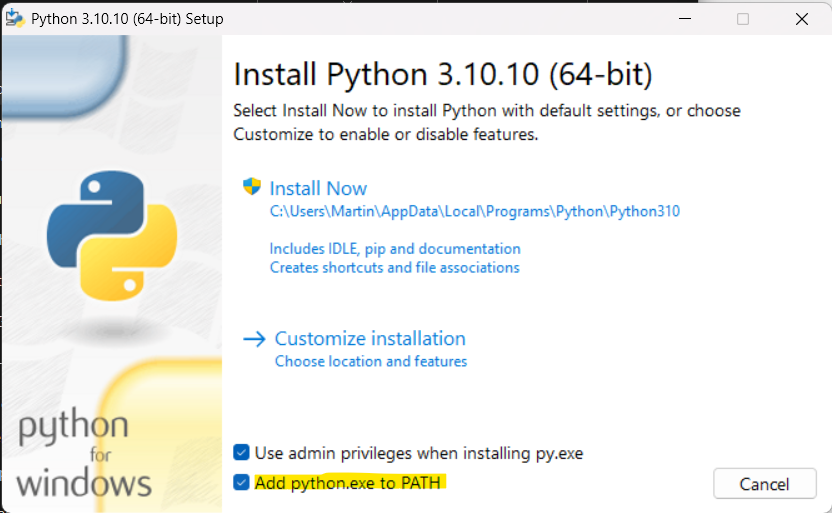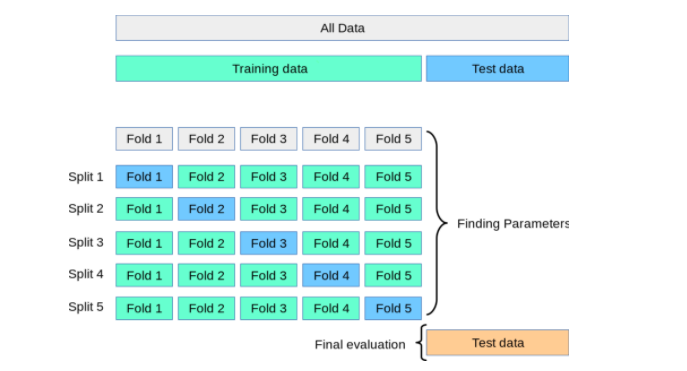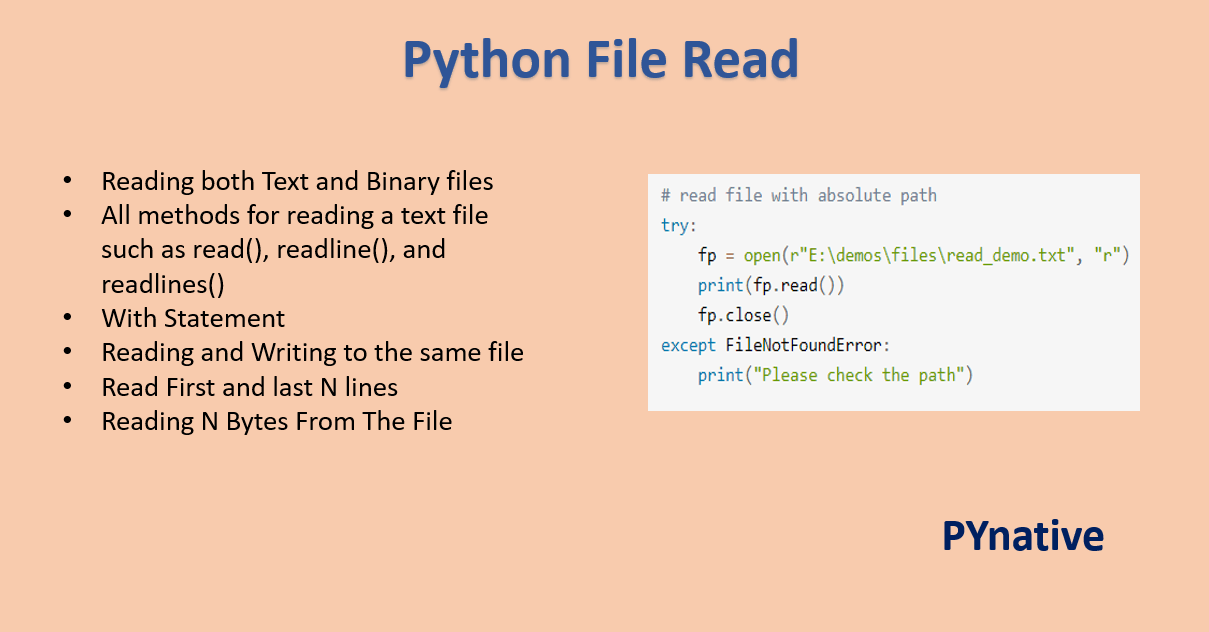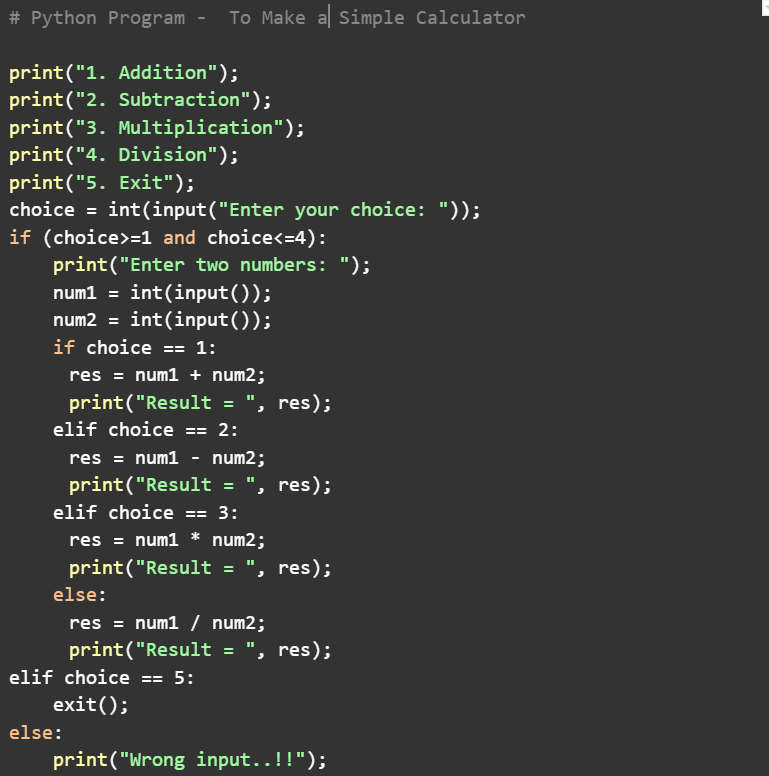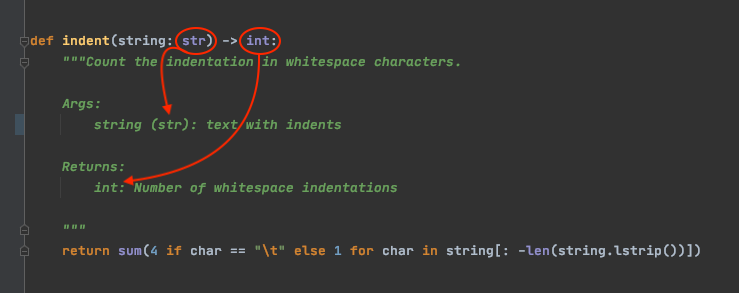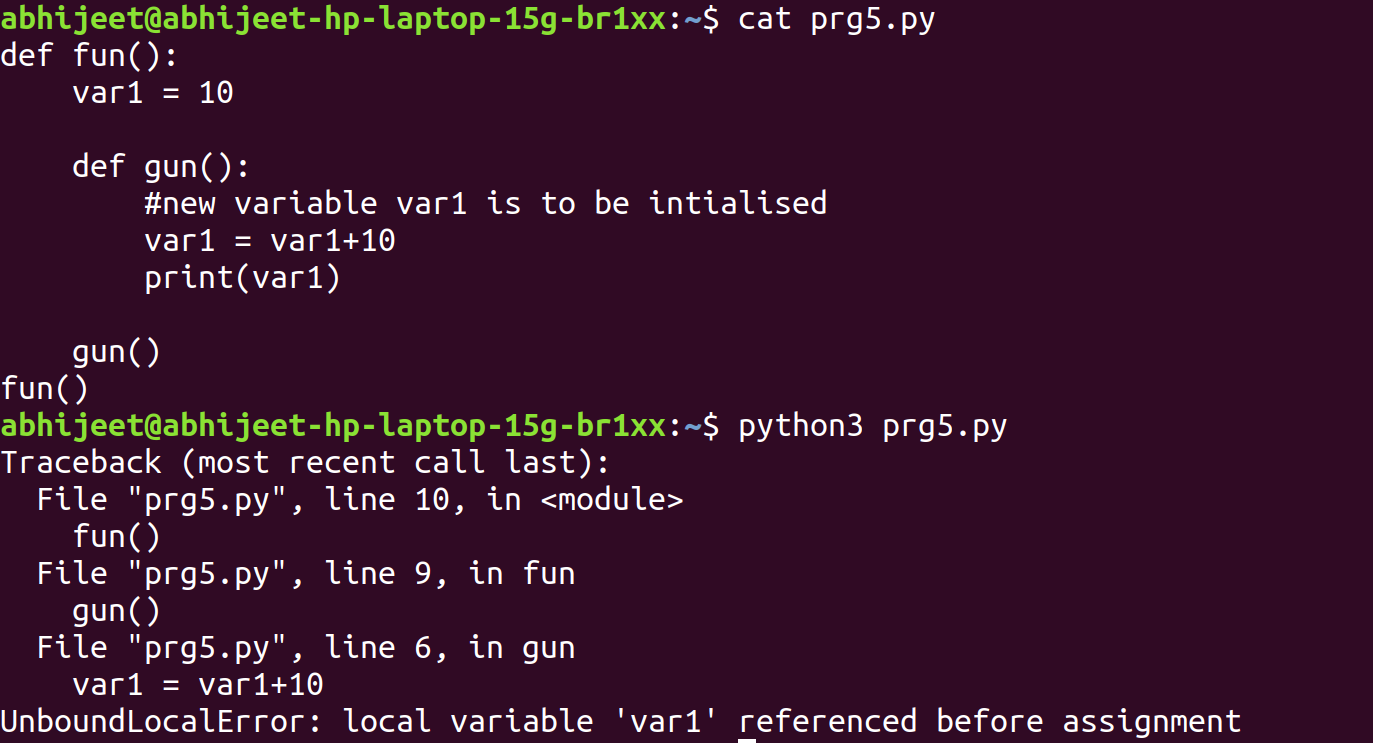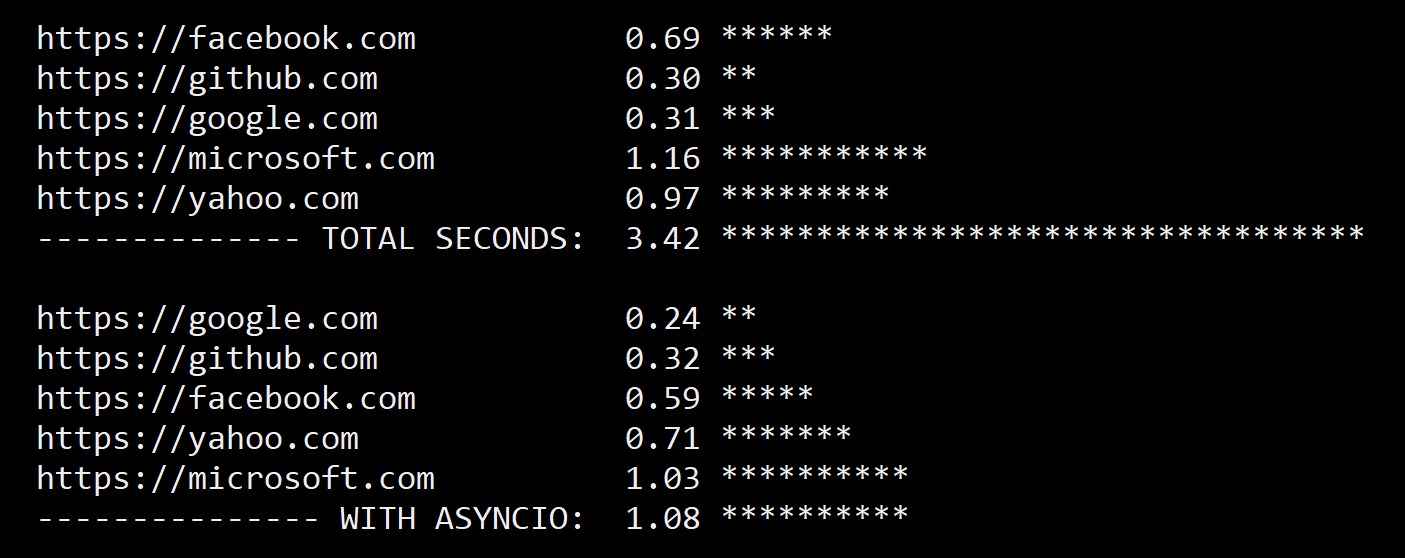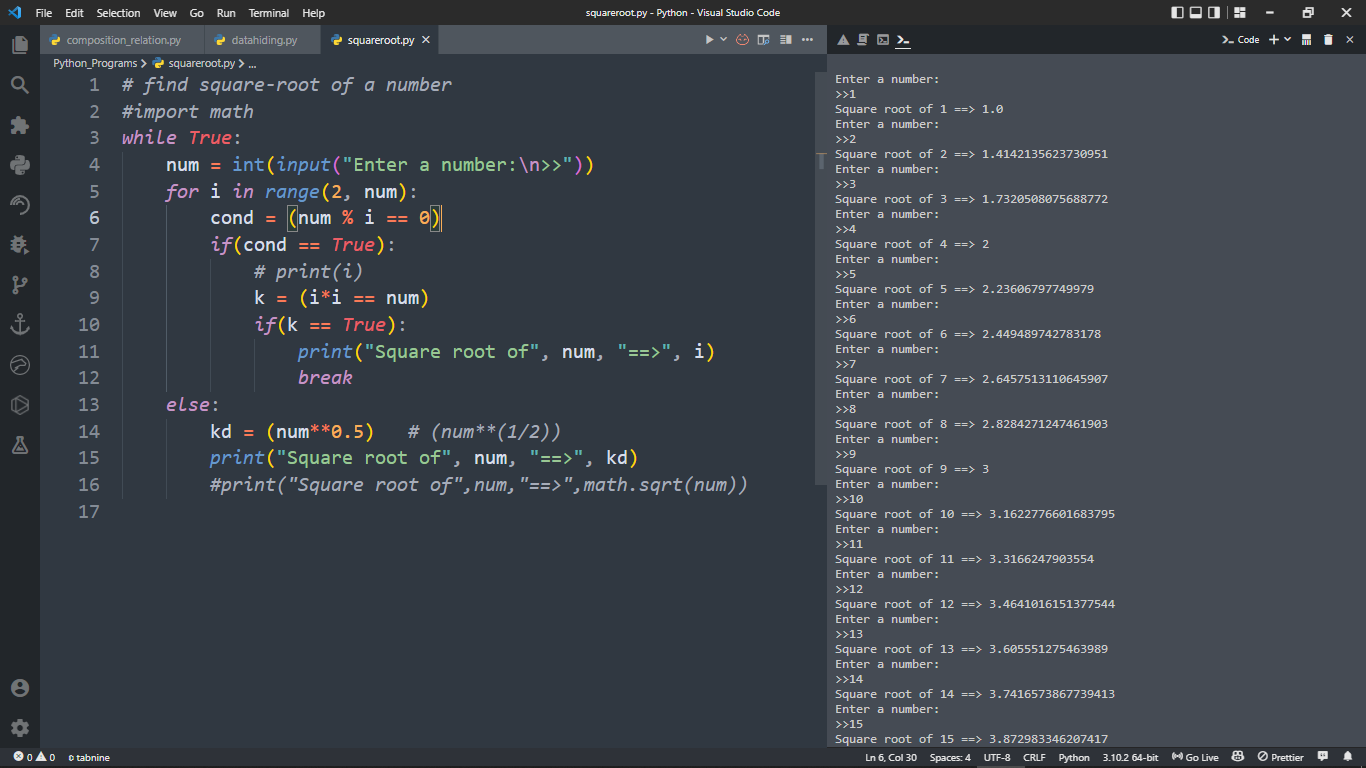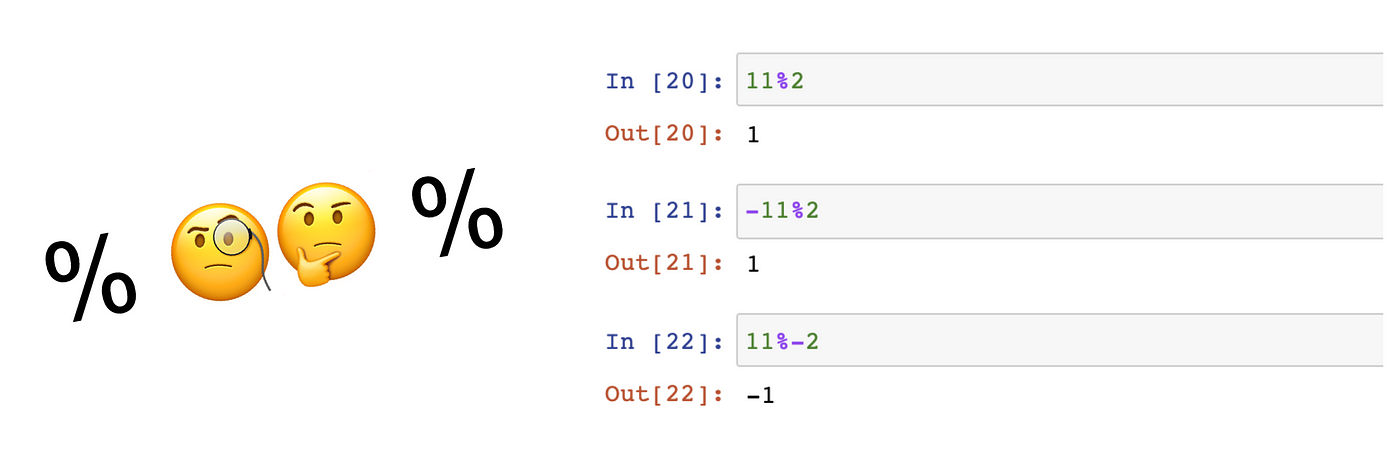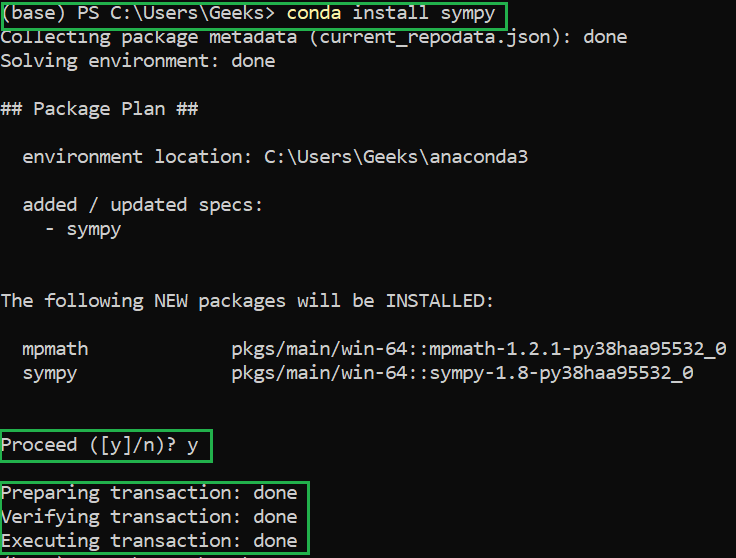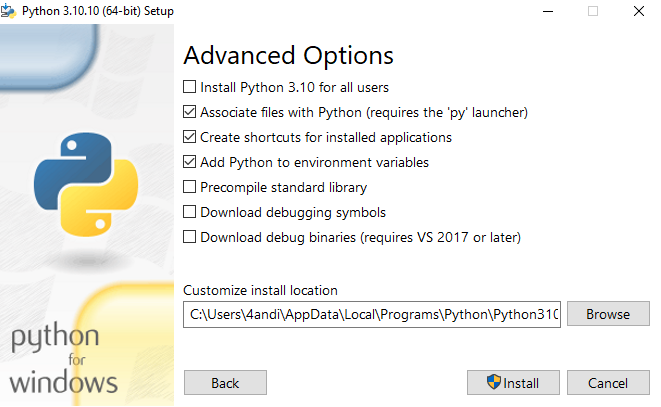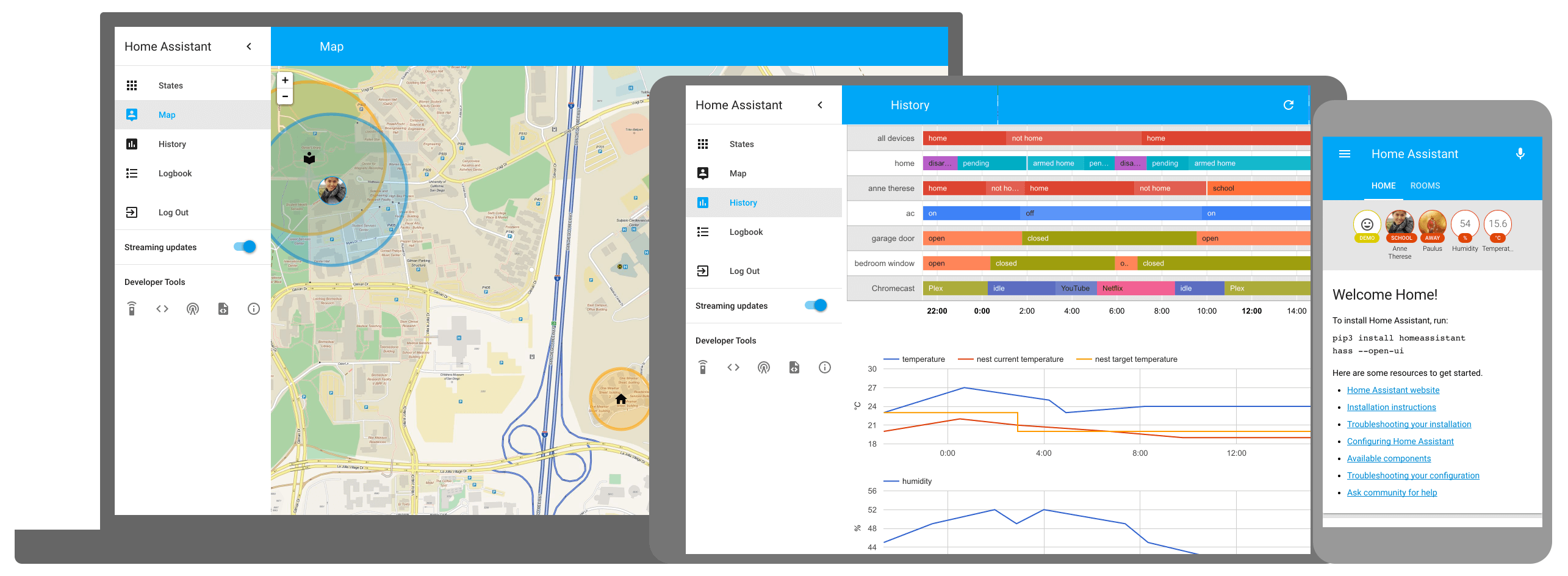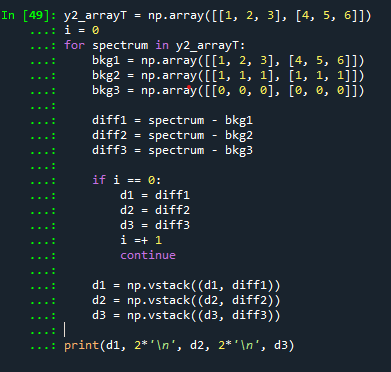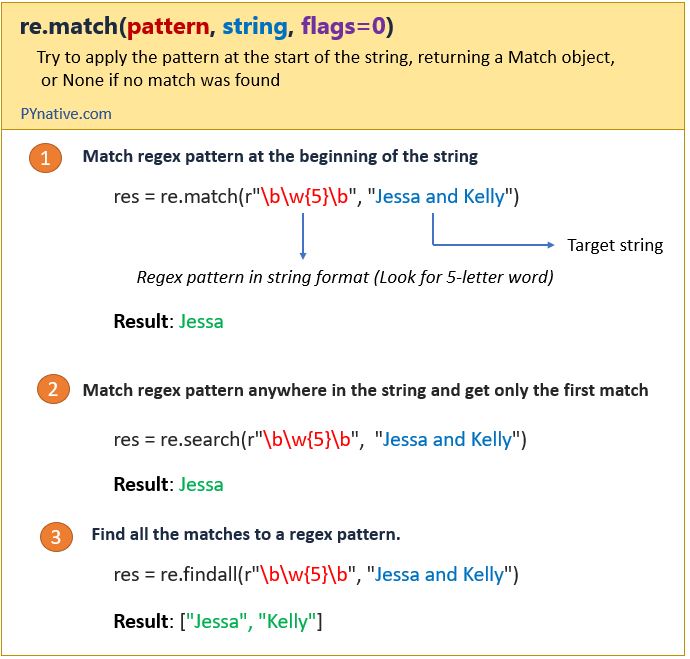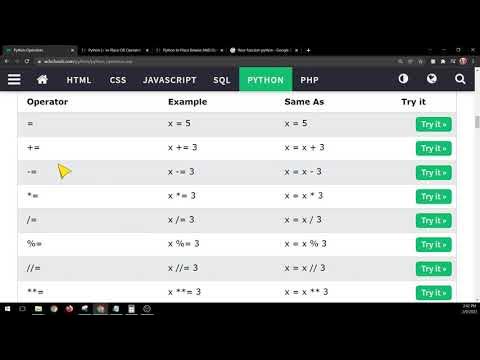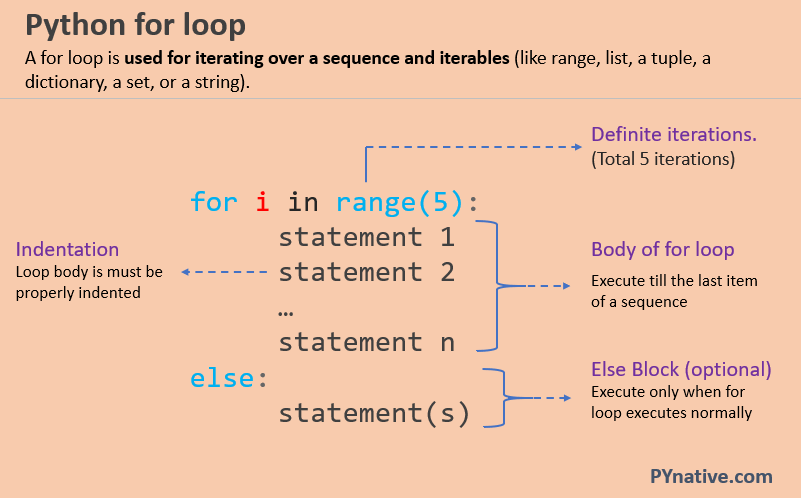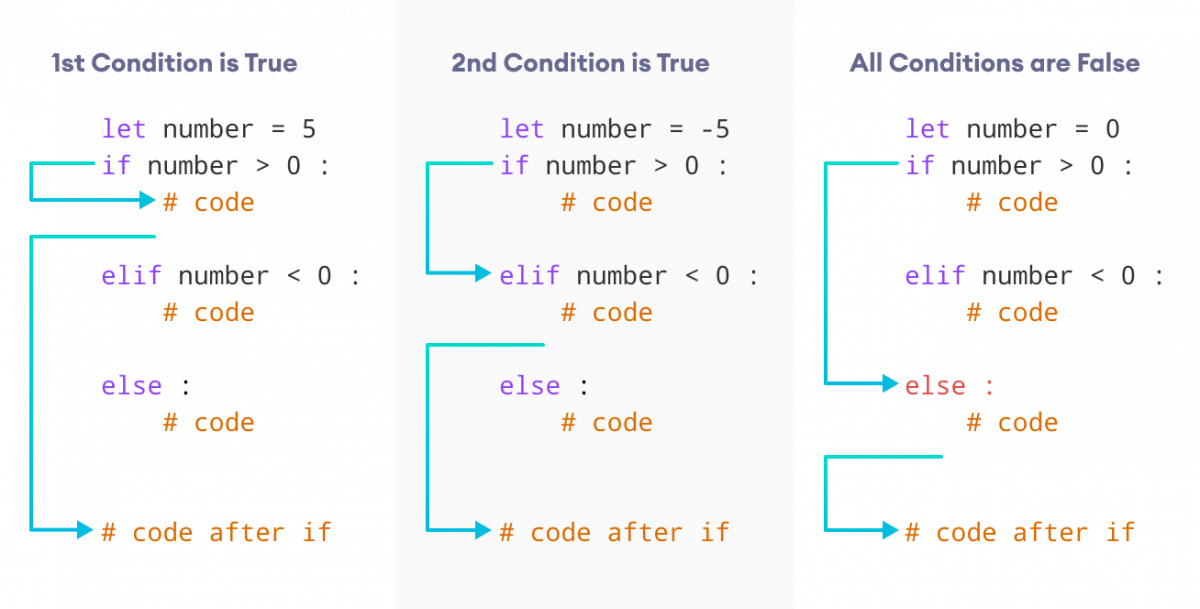Read files in a loop Python
Read files in a loop Python
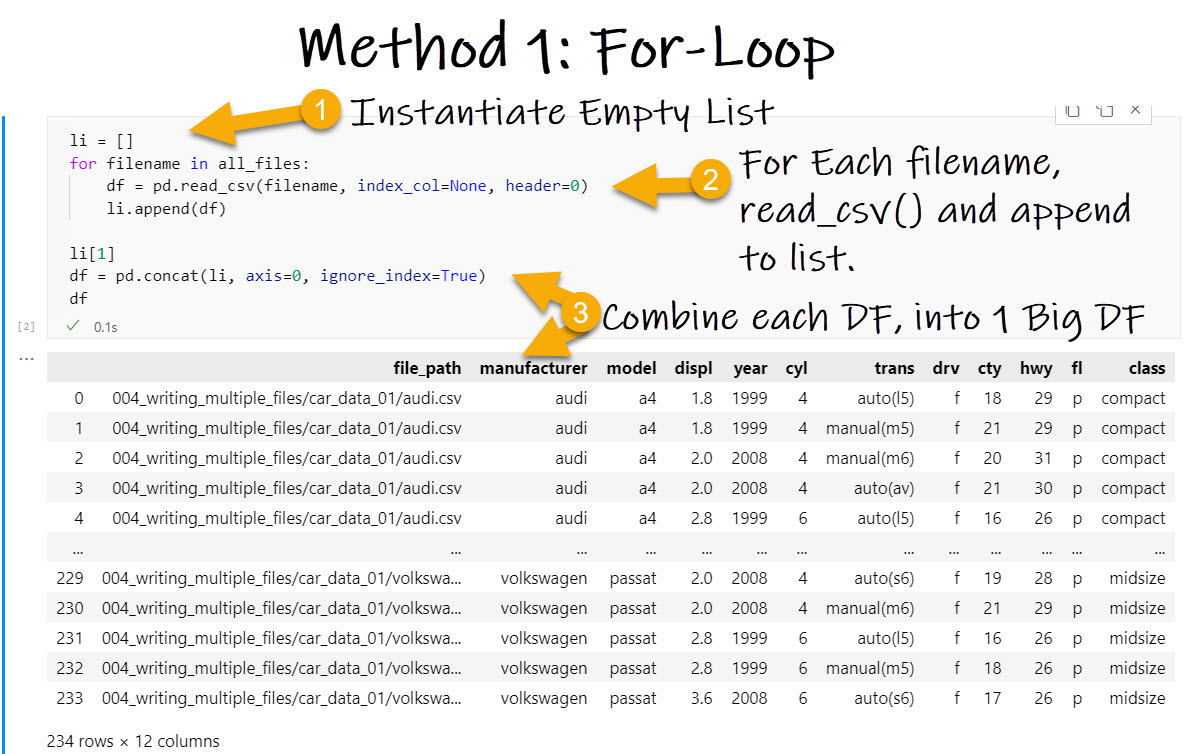
I understand that you want me to provide information on how to read files in a loop using Python, and also respond in English.
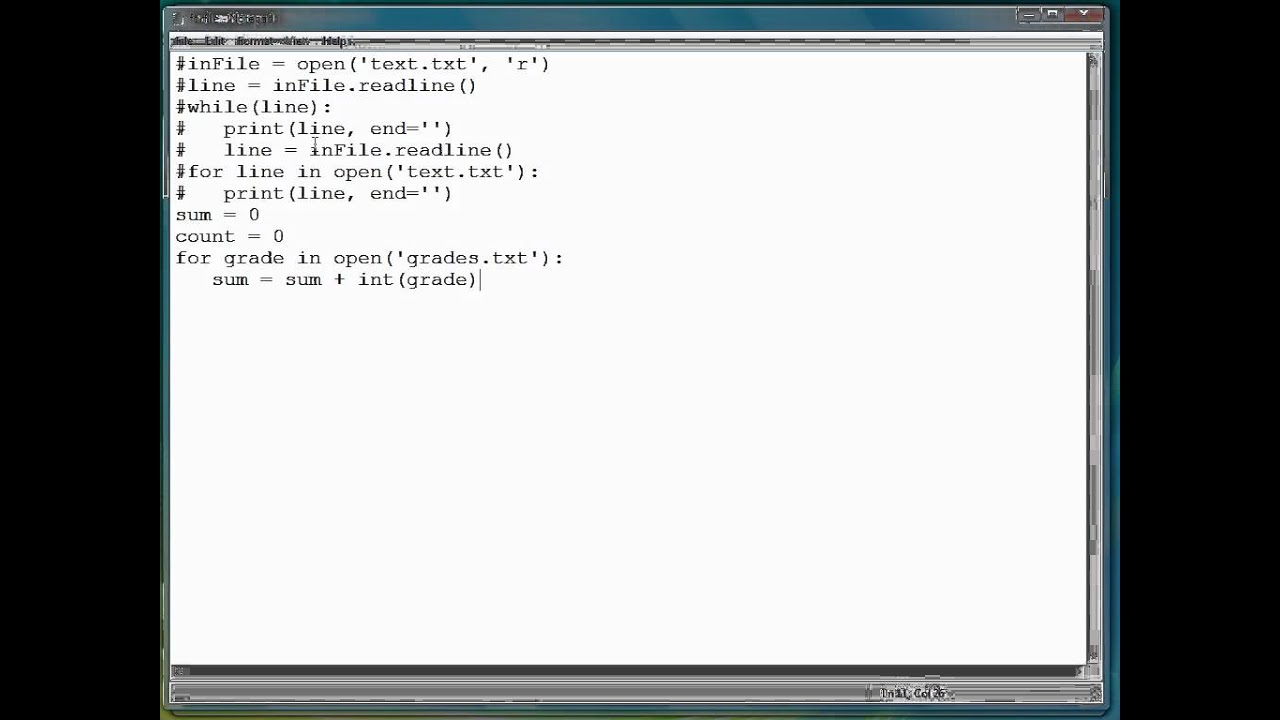
To achieve this, we can use the for loop or while loop to iterate through a list of file names, and then use the open function to read the content of each file. Here is an example code snippet:
# List of files to read
files_to_read = ['file1.txt', 'file2.txt', 'file3.txt']
Loop through the list of files
for file in files_to_read:
Open the file and read its contents
with open(file, 'r') as f:
content = f.read()
Do something with the content, for example print it out
print(content)
In this example, we are reading three text files named file1.txt, file2.txt, and file3.txt. The file names are stored in a list called files_to_read. We then use a for loop to iterate through each file name in the list. For each file, we open it using the open function with the 'r' mode (which stands for "read"), and read its contents into a string variable called content.
The with statement is used here to ensure that the file is properly closed after we are done reading from it. This helps prevent any issues that might arise if multiple files were being read concurrently.
Once we have the content of each file, we can do something with it, such as print it out or process it in some way.
Alternatively, you could use a while loop to achieve the same result:
# List of files to read
files_to_read = ['file1.txt', 'file2.txt', 'file3.txt']
Initialize an index variable
index = 0
Loop until we have processed all files
while index < len(files_to_read):
Get the current file name
file = files_to_read[index]
Open the file and read its contents
with open(file, 'r') as f:
content = f.read()
Do something with the content, for example print it out
print(content)
Move on to the next file
index += 1
In this example, we initialize an index variable to zero and use a while loop to iterate through the list of files. Inside the loop, we get the current file name from the list, read its contents using the open function with the 'r' mode, do something with the content, and then move on to the next file by incrementing the index variable.
Both loops will achieve the same result: reading each file in the list one by one.
Readline vs readlines Python

I'd be happy to help you with that!
When it comes to reading data from a file in Python, there are two built-in functions: readline() and readlines(). Both of these methods belong to the file object, which represents a file opened for reading.
readline()
The readline() method reads a single line from the file. It's equivalent to calling the fgets() function in C. Here are some key points about readline():
readline() reads the next line from the file, including the newline character (n).
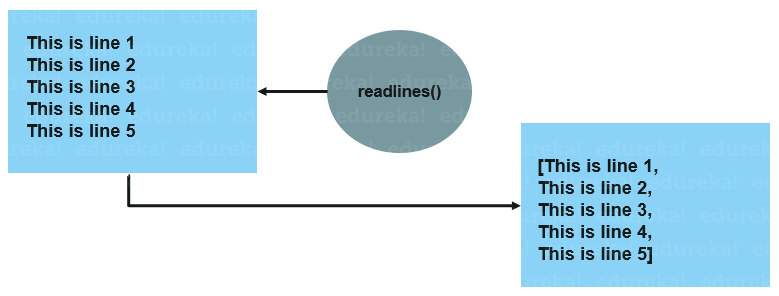
readline() does not include the newline character (n) at the end of the line.
Here's an example:
file = open("example.txt", "r")
line1 = file.readline()
print(line1) # Output: "This is line 1n"
readlines()
The readlines() method reads all remaining lines from the file as a list of strings. Here are some key points about readlines():
readlines() reads all remaining lines in the file, including any trailing newline characters. Returns a list of strings: The method returns a list of strings, where each string represents a line from the file. Includes newline characters: By default, readlines() includes the newline character (n) at the end of each line in the returned list.
Here's an example:
file = open("example.txt", "r")
lines = file.readlines()
print(lines) # Output: ["This is line 1n", "This is line 2n", ...]
When to use readline() and when to use readlines()
To summarize:
Usereadline() when you want to read a single line from the file at a time. Use readlines() when you need to read multiple lines from the file into a list.
Keep in mind that if you're reading a large file, using readlines() might consume more memory than expected. In such cases, it's often better to use readline() and loop until the end of the file is reached.
I hope this explanation helps!

